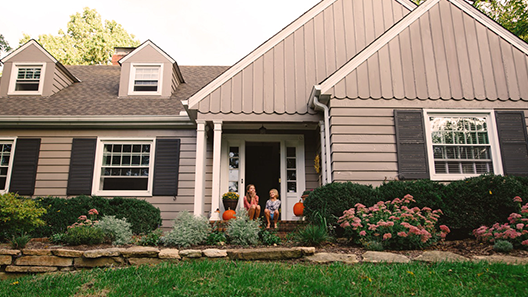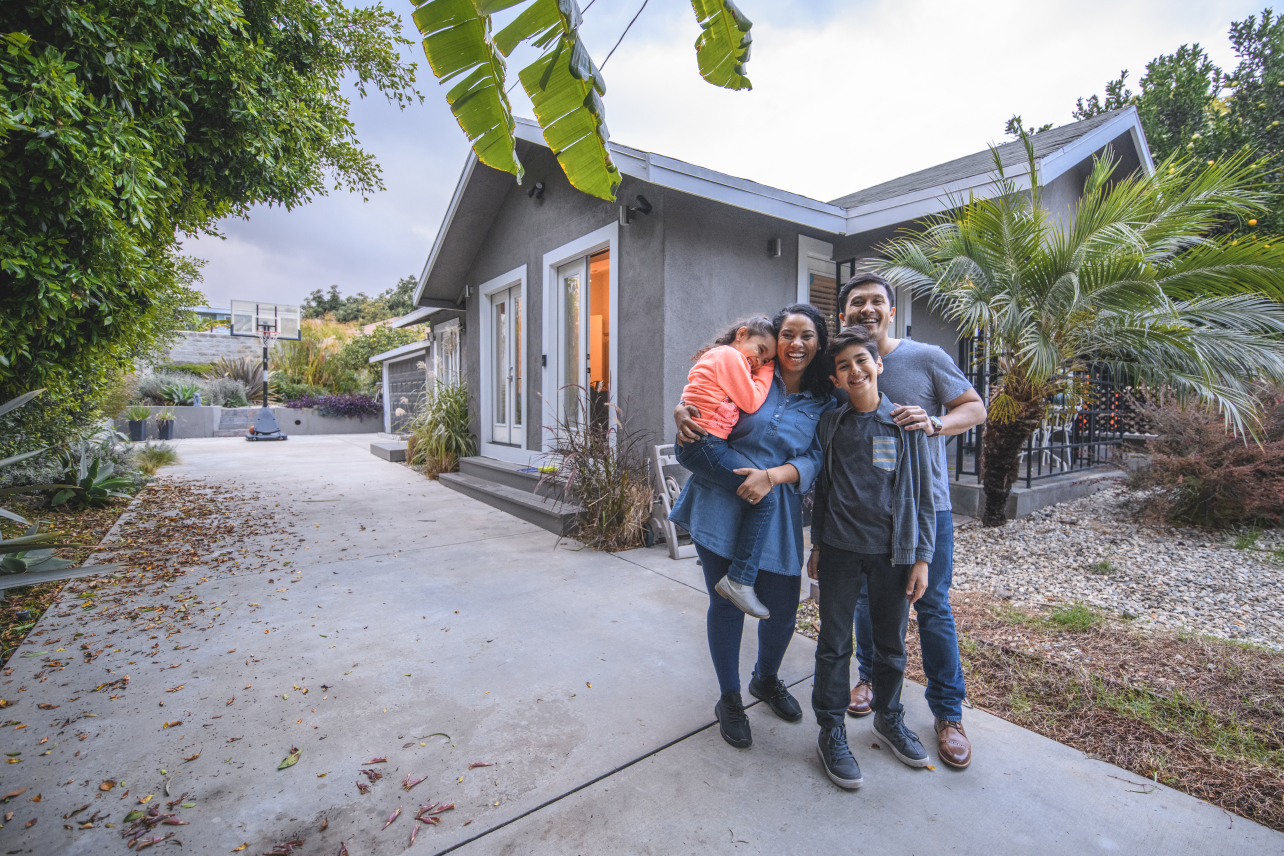If you intend to buy a home in the near future, a mortgage is probably part of your plan. This special type of loan makes homeownership a reality for most Americans, who otherwise couldn’t afford to make a purchase of that size.

However, taking out a mortgage is not exactly a simple, or easy-to-understand, process. If you’re not well-versed in the loan lingo, you might not realize what you’re getting yourself into…and that could cost you tens of thousands of dollars over the life of your mortgage repayment.
Here are a few of the basic terms involved with home mortgages, and why you should be familiar with each one.
Buying a Home Terms
There are a few mortgage terms that come into play long before you ever get the keys to your dream home.
Earnest Money
When making an offer on a home, you will typically be required to send a good-faith deposit to the seller, called earnest money. These funds affirm a buyer’s desire to purchase the property without backing out.
Earnest money is held in an escrow account until closing, when it is usually applied to the final purchase price. If the buyer backs out or cannot complete the purchase, their earnest money is typically lost.
Escrow
An escrow account is designed to hold any funds that are in limbo during the purchase, and even throughout the mortgage repayment, of your home. It is an impartial account for safekeeping, and gives both you and the other party the peace of mind that the money is held securely until its intended purpose.
Earnest money attached to a buyer’s offer will be held in an escrow account until closing. Escrow accounts can also be utilized by mortgage companies to collect (and hold) funds for property taxes, homeowners insurance premiums, etc.
Down Payment
Most buyers are required to put up a deposit for their mortgage, called a down payment. The standard down payment is 20% of a home’s purchase price, but can be much lower according to lender requirements and mortgage loan types. Failure to make a large enough down payment can result in higher interest rates and a PMI requirement.
Private Mortgage Insurance (PMI)
If a buyer is unable to make a large enough down payment, typically 20%, a lender may require them to purchase PMI, or private mortgage insurance. This coverage protects the lender in the event the buyer defaults on their mortgage; annual premiums typically cost between 0.5% and 1.0% of the total loan amount.
Closing Costs
The actual home-buying transaction occurs during closing. On this day, all necessary paperwork involving the home’s title, taxes, lender, insurance, etc. is signed by both the seller and the buyer, and keys are exchanged.
Buyers are usually responsible for closing costs at this time, which amount to ~2-5% of the home’s purchase price. These include expenses for title searches, attorney fees, taxes, title insurance, and upfront insurance premiums, among others.
Origination Fees
Homeowners often pay an origination fee for new loans. This expense (~1% of the loan total) is a lender commission of sorts, though it is often negotiable.
Interest Rates
Lenders are happy to offer money to home-buyers, but it’s not out of kindness: they spend the next 15-30 years collecting interest on that loan.
Fixed-Rate Mortgage
With a fixed-rate mortgage, your interest rate is set from day one and will not change over the course of your repayment.
Adjustable Rate Mortgage (ARM)
An adjustable rate mortgage, or ARM, has an interest rate that fluctuates with the market. While ARMs can save buyers money when federal rates drop, they can also mean paying more when the market rebounds.
Points
One way to lower a mortgage interest rate is to purchase points. This allows buyers to spend extra upfront in exchange for reducing the loan’s overall APR (Annual Percentage Rate), which saves them more money in the long run.
Paying Back Your Loan
There are a few terms to remember whilst repaying your mortgage, too.
Amortization
Mortgages are repaid with amortization, an established installment loan repayment schedule. This schedule applies an ever-increasing portion of one’s static monthly payment toward the principal balance, and an ever-decreasing portion toward the total interest owed over the life of the loan.
Equity
Buyers will build equity, or the difference between the value of the home and the balance that’s still owed, as they pay down their mortgage. This equity can be utilized down the line through a Home Equity Loan or a HELOC (home equity line or credit).
Whether taking out your first mortgage or your fifth, the entire process can be confusing. However, understanding the basic terms of a home loan will not only help you to understand what you need, but can also save you tens of thousands of dollars in the end.
Think You Are Ready?



